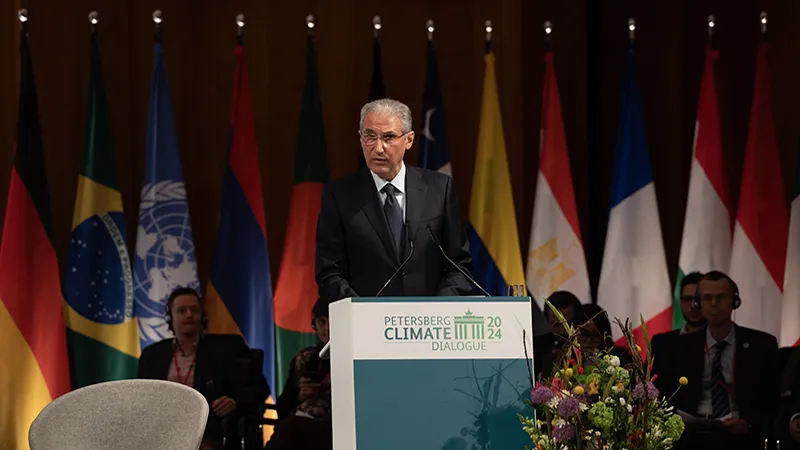The Finance for Biodiversity (FfB) Foundation has published a guide for financial institutions, explaining how financial institutions can manage biodiversity and climate nexus in their investments and lending.
The guide, titled Unlocking the biodiversity-climate nexus, which was presented at the European Business and Nature Summit (EBNS) in Milan on the 11-12 October, was written by FfB Foundation’s Impact Assessment working group for bankers, insurers, asset managers and asset owners.
The guide outlines the synergies and trade-offs between climate and investment and lending solutions.
It acknowledges that these solutions – including agricultural, alternative energy sources, circular economy and Nature-based Solutions (NbS) – are key to solving the climate crises.
The guide provides five key recommendations to financial institutions to assist them in assessing their biodiversity impact, and therefore reducing it. These are:
- Finance synergy-generating solutions for the biodiversity and climate nexus
- Identify and prioritise sectors with a high impact on biodiversity and climate
- Engage with companies on nexus topics by utilising existing frameworks
- Set up sector policies, acknowledging synergies and trade-offs between biodiversity and climate
- Integrate biodiversity into climate targets, policy and reporting
Destruction of nature
At a session at the event, Florika Fink-Hooijer, director general of the environment department of the European Commission, discussed how the loss of nature has impacted the economy and the volatility of social systems.
“The increased cost in liabilities in environmental degradation, soil erosion, water pollution are equidistant functionalities. This means that if they fail to be maintained, the global economy would risk losing around $5trn a year from the loss of these natural services.
“I don’t want to monetise nature, but we need to understand the real value of nature.”
As the conversation continued among panellists, Frank Elderson, member of the executive board and vice-chair of the supervisory board of European Central Reserve, echoed Fink-Hooijer’s statements: “Destroy nature, destroy the economy.”
This is supported by research conducted by European Central Bank (ECB) on the exposure of firms to nature-related services, which found that “72% of firms depend on at least one or more nature-related services”, Elderson claimed.
The nexus guide hopes to “utilise renewable energy, taking a results-based approach to help financial institutions mitigate trade-offs and exploit synergies”, its authors write.
One of the authors, and head of group strategy and ESG at UniCredit, Fiona Melrose, said: “Addressing the challenges of climate change and biodiversity loss can no longer be postponed. The economy must profoundly rethink certain paradigms to be truly sustainable, and financial institutions have their part to play in this.
“This paper lays out the key pillars, linking the issues of climate change with those of the impacts on nature. It is the first time that financial institutions have collaborated to formulate a comprehensive analysis that not only identifies best practices and approaches, but also highlights the trade-offs and difficulties to be faced on the path to natural capital preservation.”





